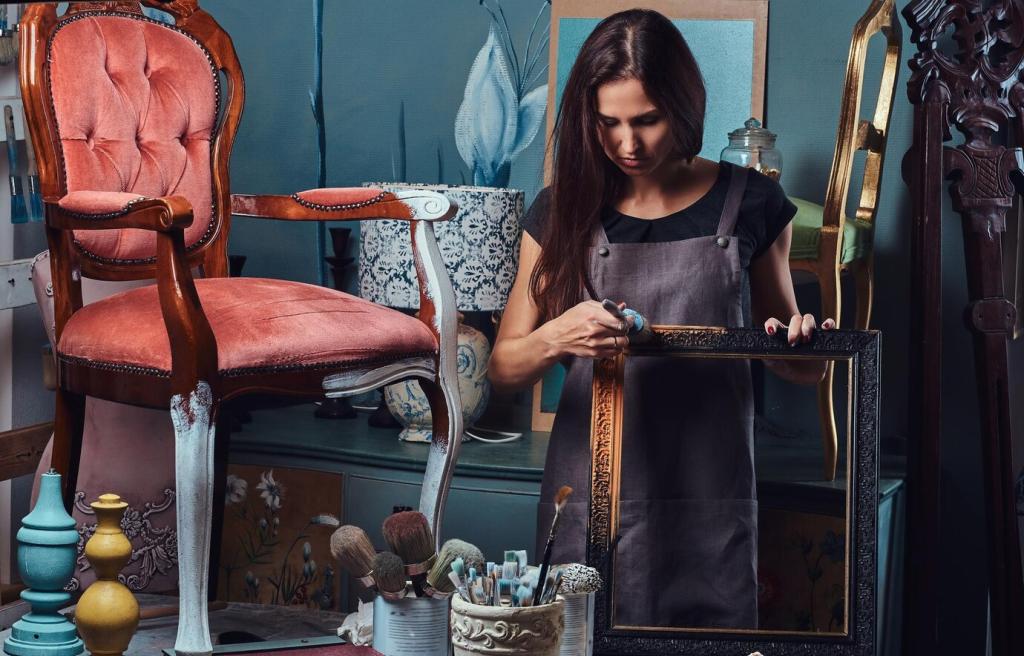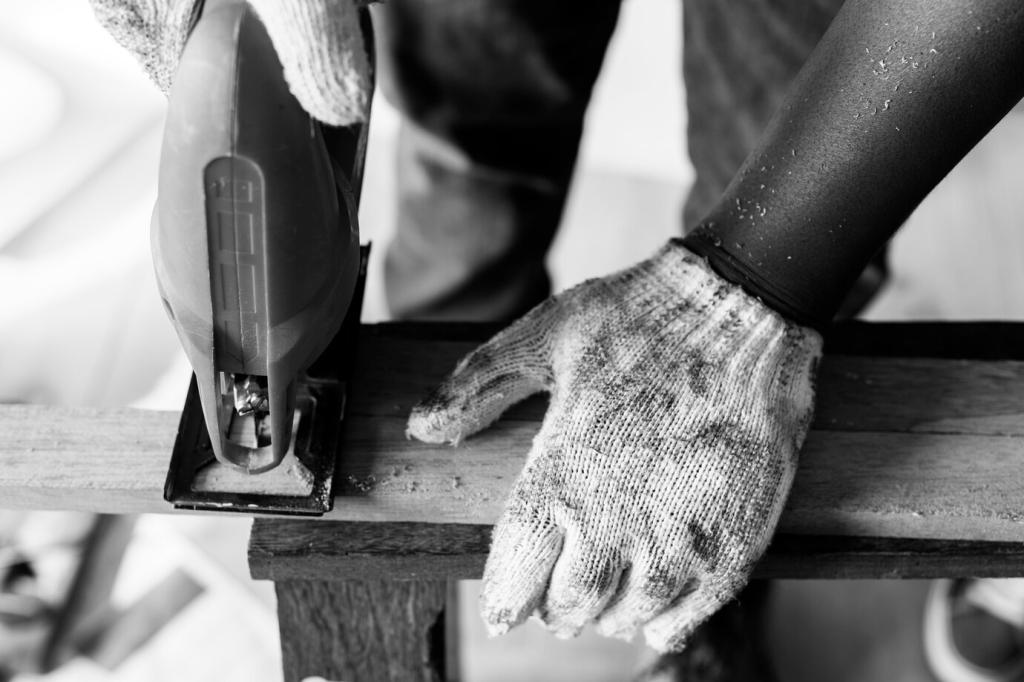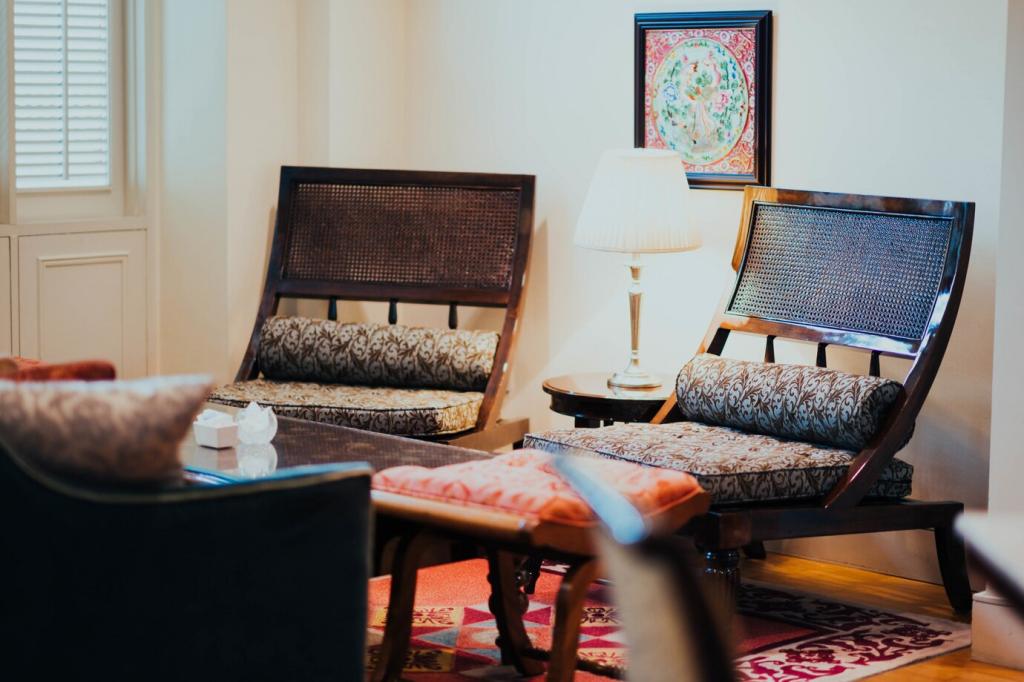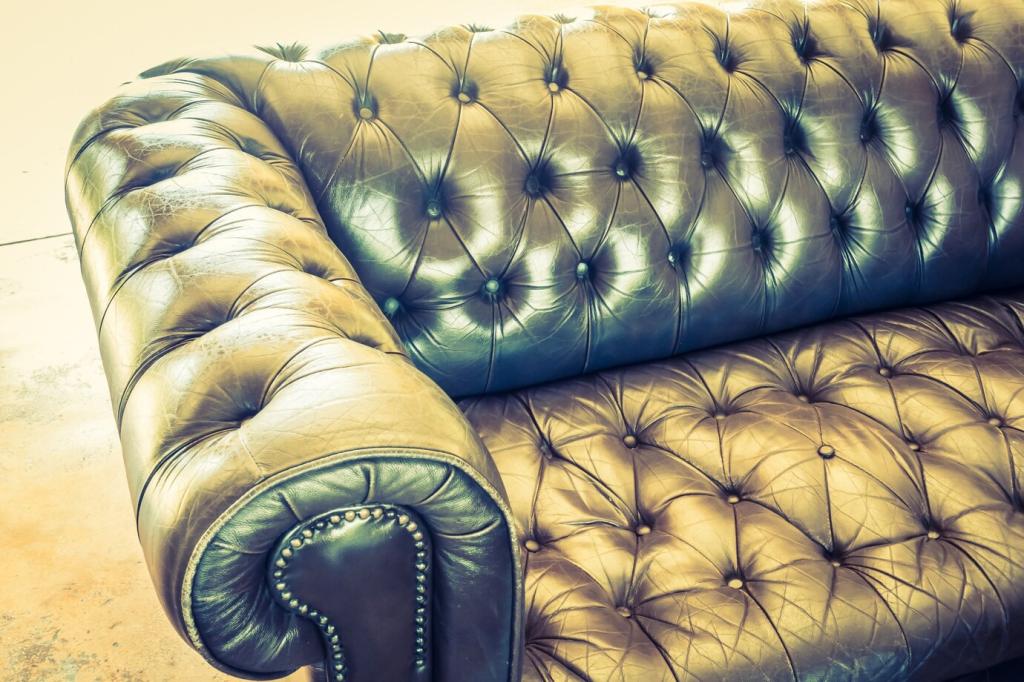
How to Identify True Vintage Furniture for Restoration
Understanding how to distinguish authentic vintage furniture from reproductions or newer items is essential for any restoration project. Genuine vintage pieces often offer greater value, historical significance, and distinctive charm, making them especially desirable for collectors and enthusiasts. Knowing what to look for when evaluating furniture can be invaluable, ensuring that your time and effort are invested in pieces that embody both craftsmanship and storied pasts. This guide focuses on key aspects to observe when identifying true vintage furniture, setting the foundation for successful and rewarding restoration work.
Defining Vintage Furniture
Vintage furniture represents a unique intersection of age, design, and historical context. Unlike antiques, which are strictly over a century old, vintage items generally fall within the 20- to 100-year-old range, reflecting specific design movements of the twentieth century. Recognizing the hallmarks of vintage pieces—such as unique joinery, finishes, and era-appropriate hardware—enables restorers to both appreciate and accurately restore these furnishings. Understanding this definition ensures that restoration work stays true to the period and preserves the item’s integrity.
Differentiating from Antiques and Retro Pieces
One of the most challenging aspects of sourcing furniture for restoration is accurately discerning vintage pieces from antiques or retro items. Antiques exhibit characteristics and construction methods that are typically more traditional or handcrafted, often with hardwoods and intricate detailing. Retro furniture, on the other hand, imitates styles from previous decades but is newly produced. Spotting subtle differences in materials, hardware, and patinas helps in distinguishing these categories and ensures authenticity when selecting items for restoration.
Why Accurate Identification Matters
Correctly identifying vintage furniture is not merely about value, but about preserving history and choosing items appropriate for restoration. Restoring true vintage pieces requires techniques that respect their original construction and materials, maintaining their historical essence. Misidentification can lead to inauthentic restorations, reduced value, and a loss of original charm. Accurate identification gives context to each piece, honors its past, and informs the type of restoration processes to apply.
Assessing Construction Techniques and Materials
Joinery and Carpentry Details
One of the most reliable indicators of vintage authenticity lies in the way furniture is constructed, especially at the joints. Traditional joinery methods, such as dovetails in drawers or mortise and tenon connections, were commonly used prior to mass-production techniques. Hand-cut joints often show irregularities that distinguish them from machine-cut versions found in newer pieces. Observing these details not only aids in identification but suggests the era of construction and points to the craftsmanship involved, guiding appropriate restoration methods.


Hardware, Nails, and Screws
The small details—like hardware, nails, and screws—reveal much about a piece’s lineage. Early vintage furniture may feature handmade nails with irregular heads or screws with off-center slots, in contrast to the precision-made fasteners of today. Original hardware is often crafted from brass, bronze, or other non-ferrous metals that develop characteristic patinas over time. Subtle changes in the style and construction of these elements can date a piece and indicate previous restoration work or replacements, which in turn helps restorers gauge the originality and plan for proper techniques.

